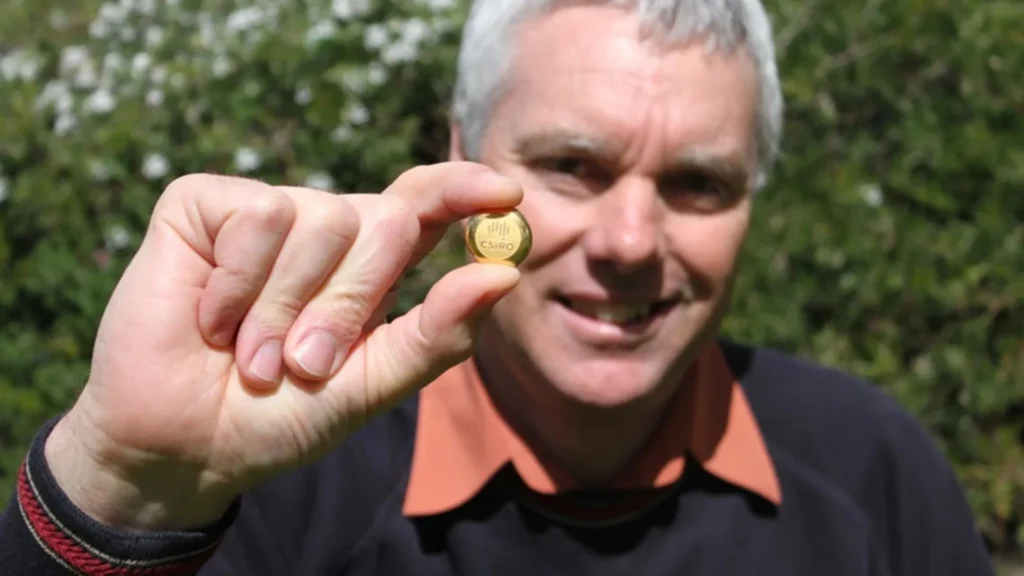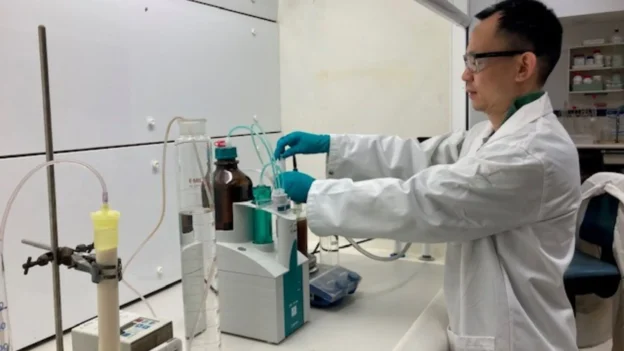The Commonwealth Scientific and Industrial Research Organization (CSIRO) has developed a process that represents a new standard for responsible mining. This technology recycles the cyanide used in gold recovery. gold recoveryThe technology allows the cyanide used in gold recovery to be recycled, reducing its environmental impact and improving metallurgical performance.
Recoverable gold and cyanide
Australia, the world’s second largest gold producer, faces the challenge of maintaining its leadership without aggravating its environmental footprint. In 2024, it generated almost 300 tons of the metal, with exports valued at A$34 billion. CSIRO’s new approach responds to growing pressure to reduce the risks arising from the use of toxic substances in traditional methods of leaching methods.
The process designed by scientists Dr. Paul Breuer and Dr. Xianwen Dai recovers cyanide from the tailings, along with other valuable compounds such as base metals and soluble gold that are normally lost. This strategy not only minimizes the transport and storage of hazardous products, but also represents considerable savings for mining operations. mining operations..

From lab to field: technology poised to scale up
After a one-month pilot test in the laboratory, the process has reached technological readiness level 4. The objective: to demonstrate that mining can be economically viable and environmentally safe.
CSIRO is no stranger to developments in clean mining. In 2014, his team developed a method to cyanide-free gold using thiosulfate. That technology is already implemented commercially through Clean Mining and also offers solutions for artisanal mining.
Source and photo: CSIRO

